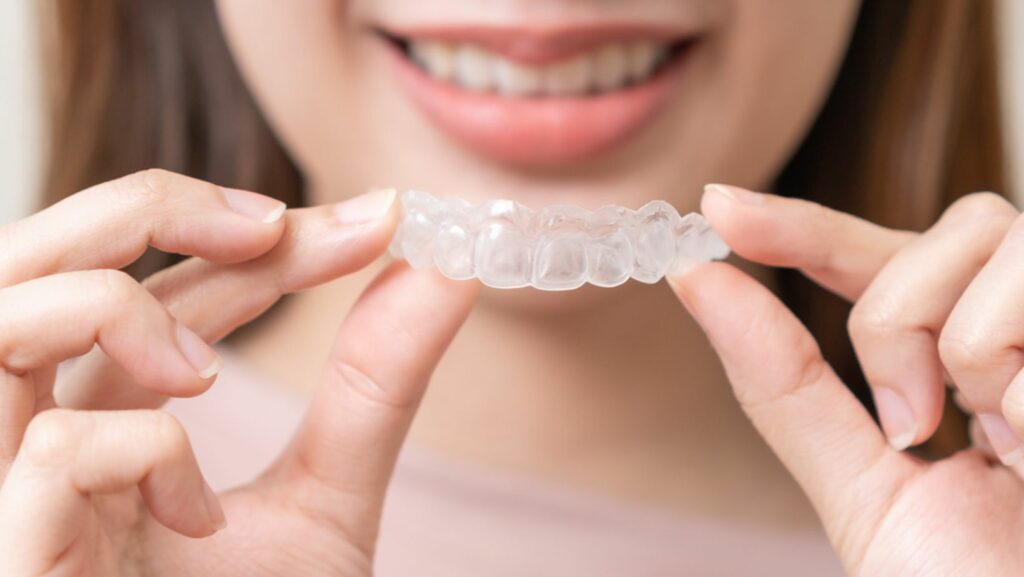
A smile holds the power to transform your confidence and is a vital indicator of your oral health. In a world where personal appearance and health are closely intertwined, smile makeovers have gained significant attention. These dental procedures, from teeth whitening to braces, are more than cosmetic enhancements. They’re steps toward a healthier, more confident you.
Opting for a smile makeover is a proactive choice for anyone looking to improve their self-image and dental health. It’s about creating a positive change in your life, focusing on enhancing your smile while prioritizing your overall well-being.
In this article, we’ll examine the various options available in smile makeovers, showing how they can positively impact both your appearance and health.
The Psychological Impact of a Smile
A smile does more than express emotion; it’s a mirror of confidence. Research shows that smiling makes you seem more approachable and trustworthy, influencing how others perceive you. People who smile frequently are often viewed as more likable and capable, which is beneficial in social and professional settings.
When dental concerns hold you back from smiling, it can negatively impact your confidence and social interactions. Smile makeovers can change this by enhancing the appearance of your teeth, encouraging a more natural and confident smile. This improves how others see you and also boosts your self-perception.
Thus, a confident smile has the power to shape external perceptions and bolster your self-esteem. By giving you a healthier and more appealing smile, such a makeover can be a key factor in enhancing your psychological well-being and social experiences.
Smile Makeover Procedures: A Comprehensive Look
Smile makeovers include a range of dental procedures, each tailored to meet individual needs and goals. The most common are dental veneers, teeth whitening, and orthodontic treatments.
1. Dental Veneers
Veneers are thin, custom-made shells designed to cover the front surface of teeth. They correct dental issues, such as chips, gaps, or misshapen teeth. When considering veneers, patients often encounter the choice between composite vs porcelain veneers. Composite veneers are typically more cost-effective and require less tooth enamel removal, whereas porcelain veneers are known for their durability and natural appearance.
- Procedure: The process typically begins with the dentist removing a small amount of enamel from the front of the teeth. Impressions are then taken and sent to a lab to create custom veneers. Once ready, the veneers are bonded to the teeth.
- Duration: The entire process can take several weeks, as the veneers are crafted in a lab. The actual bonding procedure is usually completed in one visit.
- Aftercare And Longevity: Veneers can last 10 to 15 years with proper care. Patients should maintain regular oral hygiene and avoid biting their nails or chewing hard objects.
Veneers not only enhance the look of your smile but also protect the tooth’s surface from damage.
2. Teeth Whitening
This popular, non-invasive procedure addresses discoloration and stains on teeth resulting from factors like diet, age, or smoking.
- Procedure: Professional teeth whitening typically involves the application of a high-concentration bleaching agent. The dentist may use a protective barrier for gums and apply the whitening agent directly to the teeth. Some methods include a special light to accelerate the whitening process.
- Duration: The entire process usually takes about 60 to 90 minutes in the dental office. Some treatments may require multiple sessions.
- Aftercare And Longevity: Patients are often advised to avoid foods and drinks that stain for a few days after treatment. The results can last from six months to two years, depending on habits like smoking or drinking coffee.
Professional whitening offers immediate and noticeable results, boosting your smile’s aesthetics and confidence.
3. Orthodontic Treatments
Orthodontics, including traditional braces and clear aligners, correct misaligned teeth and improper bites.
- Procedure: For braces, metal brackets are bonded to the teeth and connected by wires that the dentist adjusts periodically. Clear aligners are custom-made, removable trays that gradually shift teeth into place.
- Duration: The duration varies widely depending on the complexity of the case, typically ranging from six months to two years. Patients usually visit the dentist every four to six weeks for adjustments or new aligners.
- Aftercare And Longevity: Post-treatment retainers are often necessary to maintain the new position of the teeth. In addition, good oral hygiene is crucial during and after treatment to prevent decay and staining as well as ensure the lasting success of the orthodontic treatment.
Properly aligned teeth are easier to clean, reducing the risk of cavities and gum disease. Moreover, correcting bite issues can prevent jaw pain and other dental problems.
The cost of a smile makeover is an investment in improved confidence and oral health, offering long-term benefits beyond the initial expense.
Final Thoughts
A smile makeover transcends mere cosmetic improvements, signifying a commitment to enhance one’s self-assurance and oral health. Each treatment, whether for brightening teeth, covering imperfections with veneers, or aligning them, fosters a more health-conscious lifestyle. A rejuvenated smile reshapes how others view you while elevating your own sense of self-worth.

Ultimately, opting for a smile makeover means embracing a future where your smile reflects your inner vitality and health. More than simply altering appearances, this transformation is about changing lives for the better.













